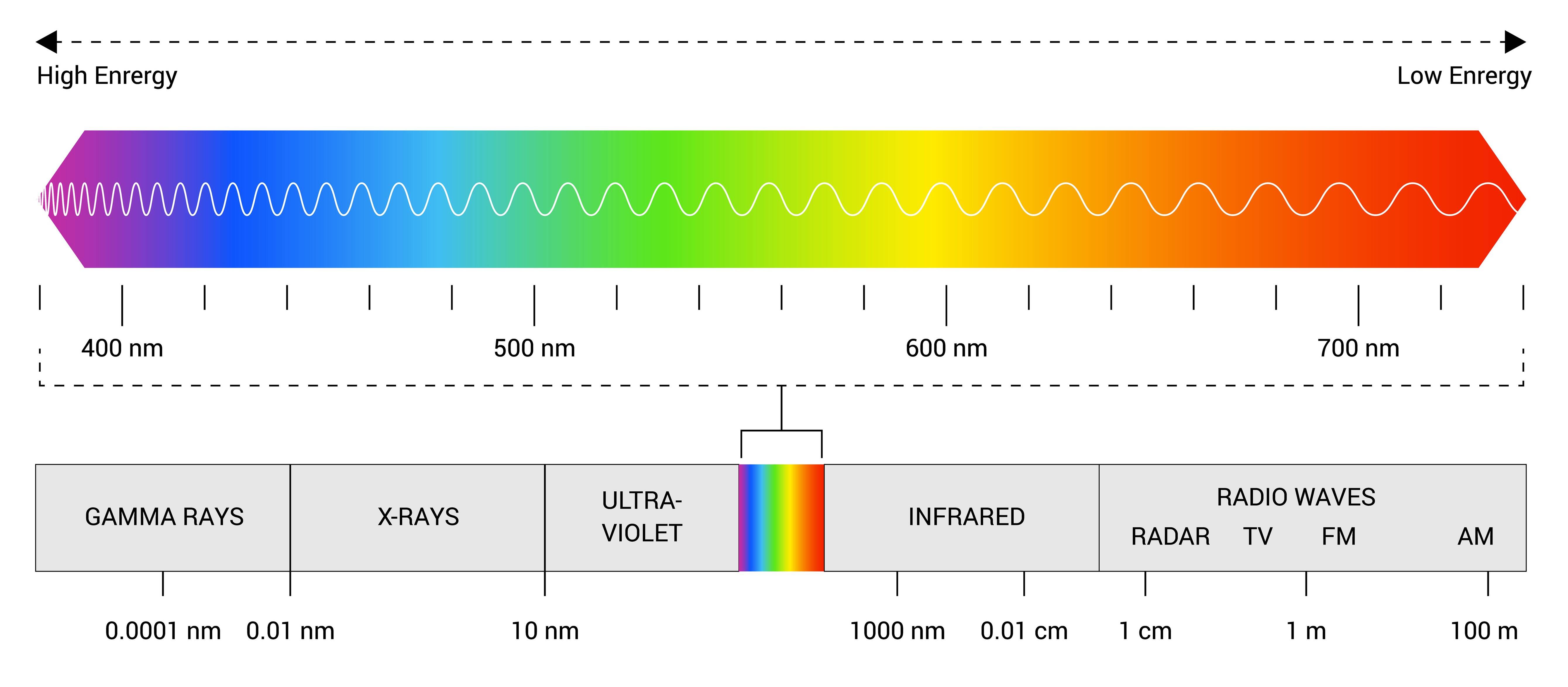Here Comes the Sun: Our Source of Life & Light
Without the Sun, Earth would be a cold, inhospitable place devoid of any recognizable life form—just a frozen rock. The sun's rays ensure we have liquid water, abundant plant life, and livable temperatures here on the planet's surface. This huge ball of gases and plasma heated by nuclear reactions is about 93.5 million miles from us, and it's large enough to fit approximately 1.3 million Earths inside of it.
With temperatures ranging from roughly 6,000°C to 15,000,000°C, the sun is incredibly hot! With the April 8th total solar eclipse in North America, the sun has also been a "hot" topic lately. Beyond the eclipse, sky watchers can expect an unusually active year for the sun in 2024. In fact, NASA has declared this the Heliophysics Big Year, "a global celebration of the Sun’s influence on Earth and the entire solar system." This year, scientists are anticipating a surge in solar storms and flares that will cause increased visibility of both the Northern Lights (aurora borealis) and Southern Lights (aurora australis).
In December 2024, NASA's Parker Solar Probe will fly closer to the sun than any spacecraft in human history. The probe has already captured some amazing close-up images and observed solar phenomena such as solar flares, a massive solar storm, and identified a source of the powerful solar wind that can effect the Earth's magnetic field and even interrupt radio waves and electrical power systems.
The Biggest Light Source on Earth
The sun emits a wide spectrum of electromagnetic energy, only a very small portion of it can be perceived by the human eye—the visible spectrum. The other, non-visible wavelengths are also used for a vast array of human activities such as microwave ovens, radio transmissions, X-ray medical imaging, and night-vision goggles.
One way to characterize light is by its wavelength. The spectrum ranges from very energetic gamma rays on one end (short wavelength), all the way to low-energy microwaves and radio waves on the other end (long wavelength). The very small band in the middle of the spectrum is the range of light that is visible to the human eye. Visible light has wavelengths within the range of about 380 nanometers (nm) to 740 nm, bounded by ultraviolet (UV) at the low end of the range and infrared (IR) at the high end.

The top bar shows the visible light spectrum (expanded); the bottom bar shows the full spectrum of electromagnetic radiation, including invisible wavelengths such as X-rays, microwaves, and radio waves, plotted in order of increasing wavelength (measured in nanometers as the distance from peak to peak).
Radiant's business is all about measuring light and color: from illuminated display screens to automobile headlights, from backlit symbols to LEDs and luminaires. Our imaging photometers and colorimeters are designed to measure visible light as it is perceived by humans, using special filters to match the eye's response. Our systems can also measure some light outside the visible spectrum, such as near-infrared (NIR) and other wavelengths, when used in radiometric mode.
As a result of this specialization, we've written about some topics related to the sun and sunlight. Here's a selection of posts:
- The Language of Light - How we characterize light and its behavior
- The Language of Color - The visible wavelengths and how humans see color
- How to manage the glare of sunlight on illuminated displays such as those in automobiles, airplanes, and ships. Let the Sunshine In: Optimizing Display Performance with Anti-Glare Treatments
- How the Sun's light affects our health and circadian cycles: Human-Centric Lighting: How LEDs Support Human Health & Productivity
- And even how to substitute for sunlight's essential role in photosynthesis to produce agricultural crops with new types of LEDs: LEDs are "Growing" in Horticultural Lighting Applications
And for those of you that noticed the Beatles reference in the title of this blog post, or even if you didn't, enjoy this classic tune:
Join Mailing List
Stay up to date on our latest products, blog content, and events.
Join our Mailing List
